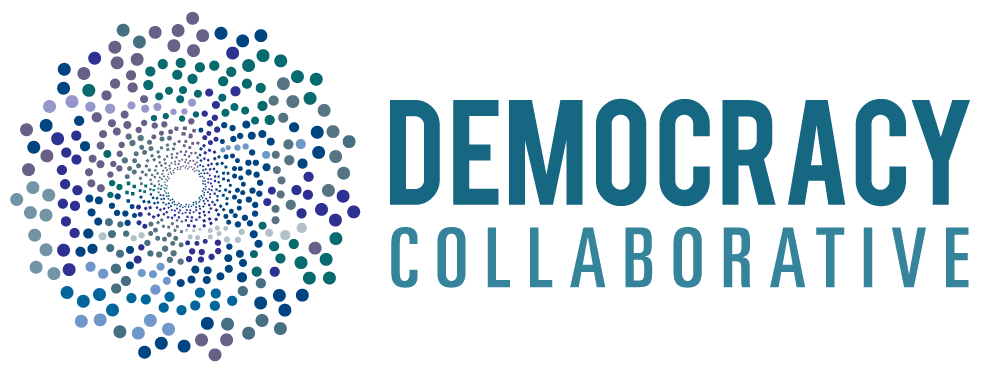Public research and manufacturing lowers drug prices and increases innovation
Only about one out of every six prescription drugs we take in the United States are brand-name products like those we see in television ads, yet those drugs consume 80% of our prescription dollars.
The makers of those drugs are able to keep prices high using monopolistic practices. That has not only diminished clinically meaningful innovation but has increased drug shortages. We have a pressing need for alternative models for drug development, translational research, and distribution.
A newly published research paper I co-wrote with Alex H. Moss of the Public Interest Patent Law Institute and S. Sean Tu, professor at the West Virginia University College of Law, proposes building on the success of publicly funded drug research and development and expanding the model to include the full cycle development, testing, manufacture and distribution of innovative and affordable new drugs. Creating "public research and manufacturing enterprises" (PMREs) could transform the US pharmaceutical industry, creating benefits such as reduced drug prices, increased innovation, fewer shortages, and investment directed toward drugs with significant social benefits. This system would also align public risks with public rewards.
The paper, “Use of Public Research and Manufacturing Enterprises to Lower Prescription Drug Prices and Increase Innovation,” is published below, and is also available at the SSRN research paper portal at https://papers.ssrn.com/sol3/papers.cfm?abstract_id=4848937..

